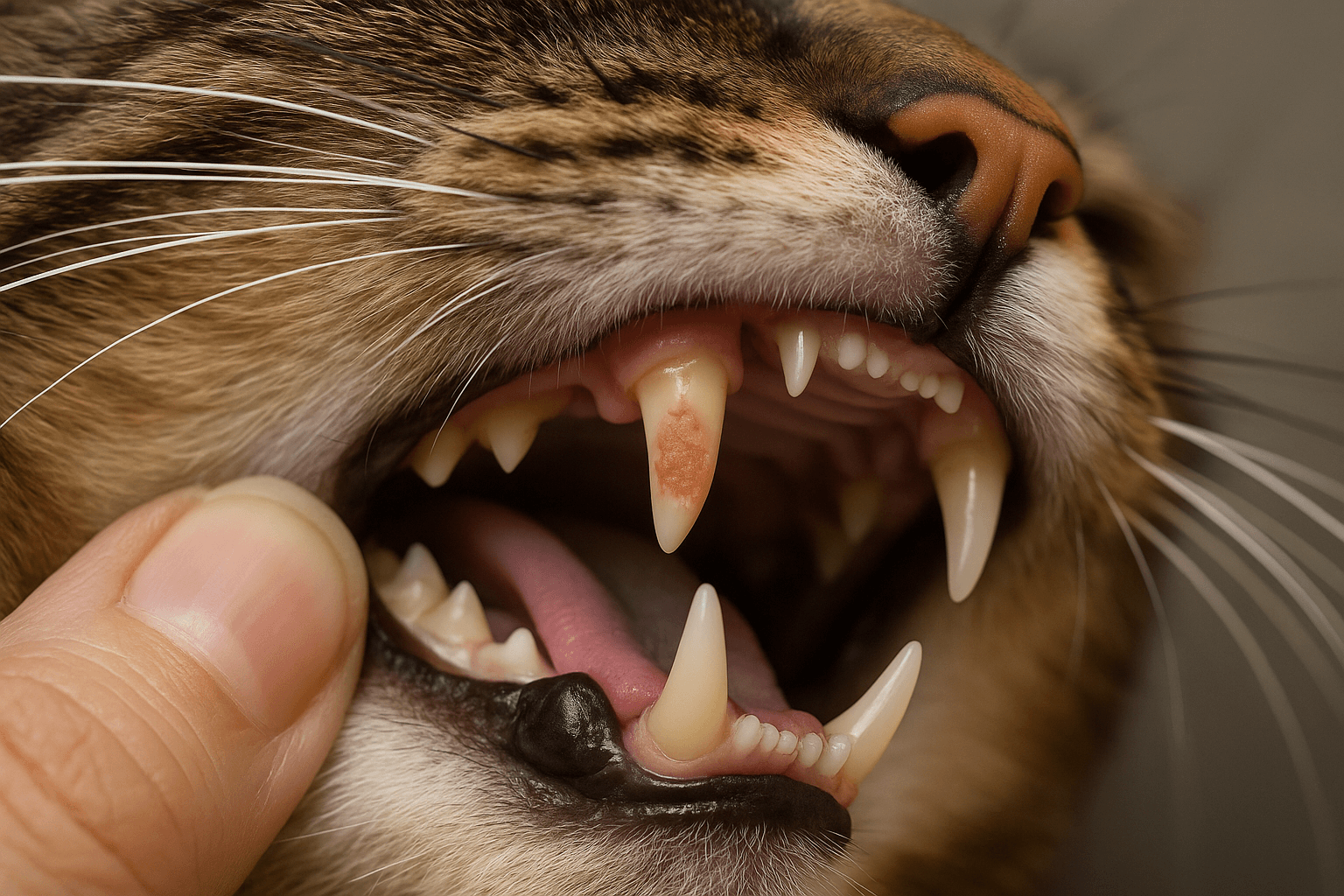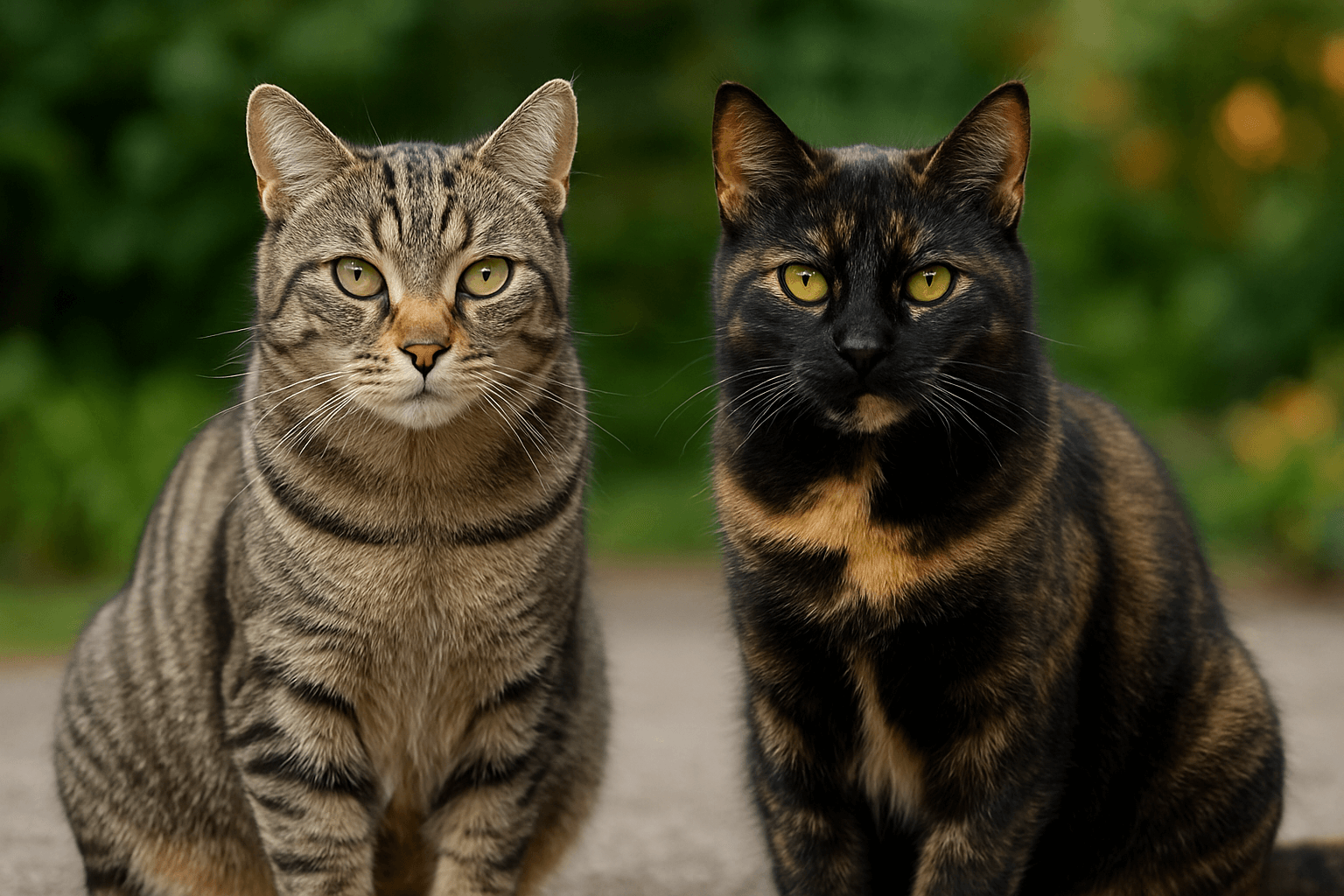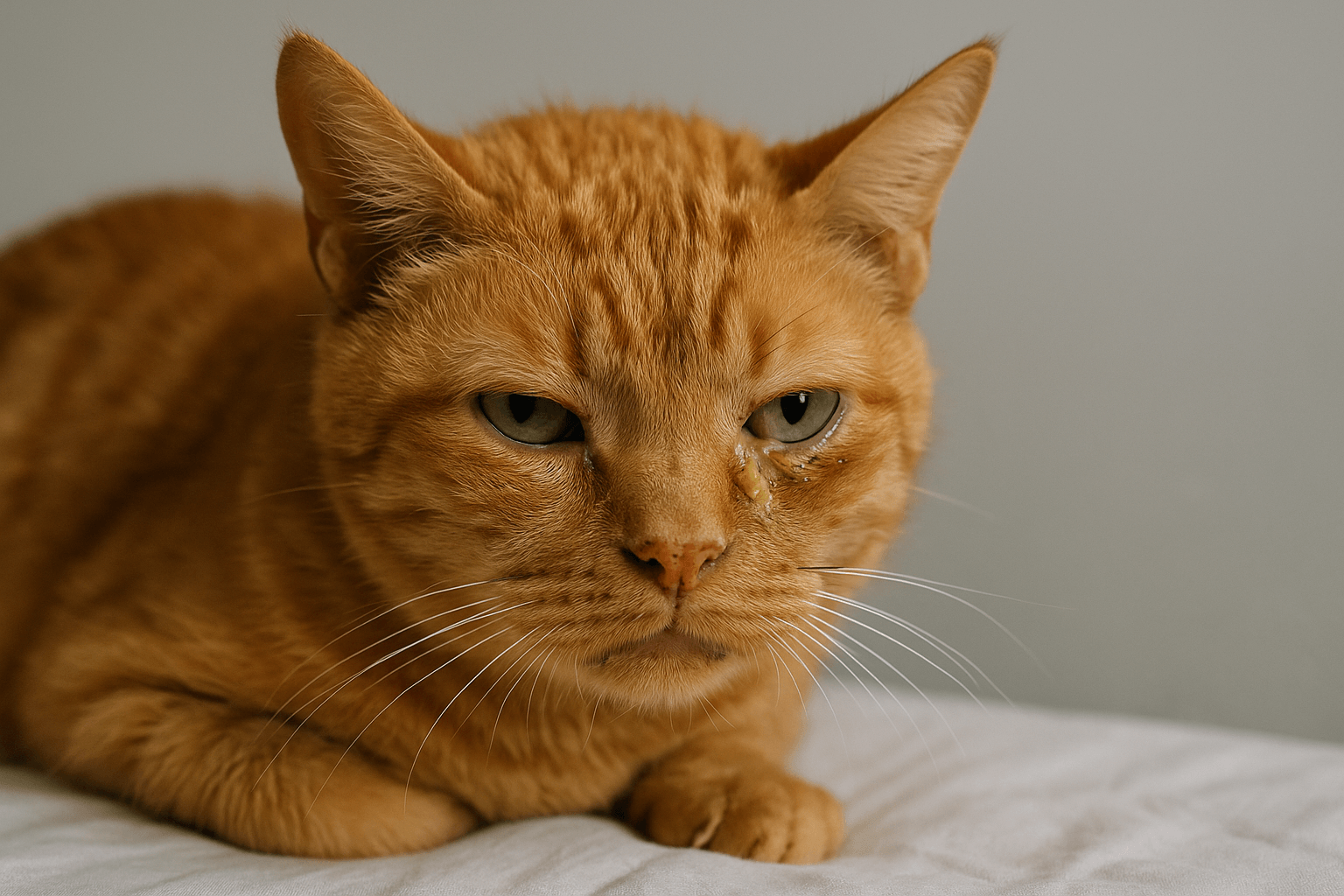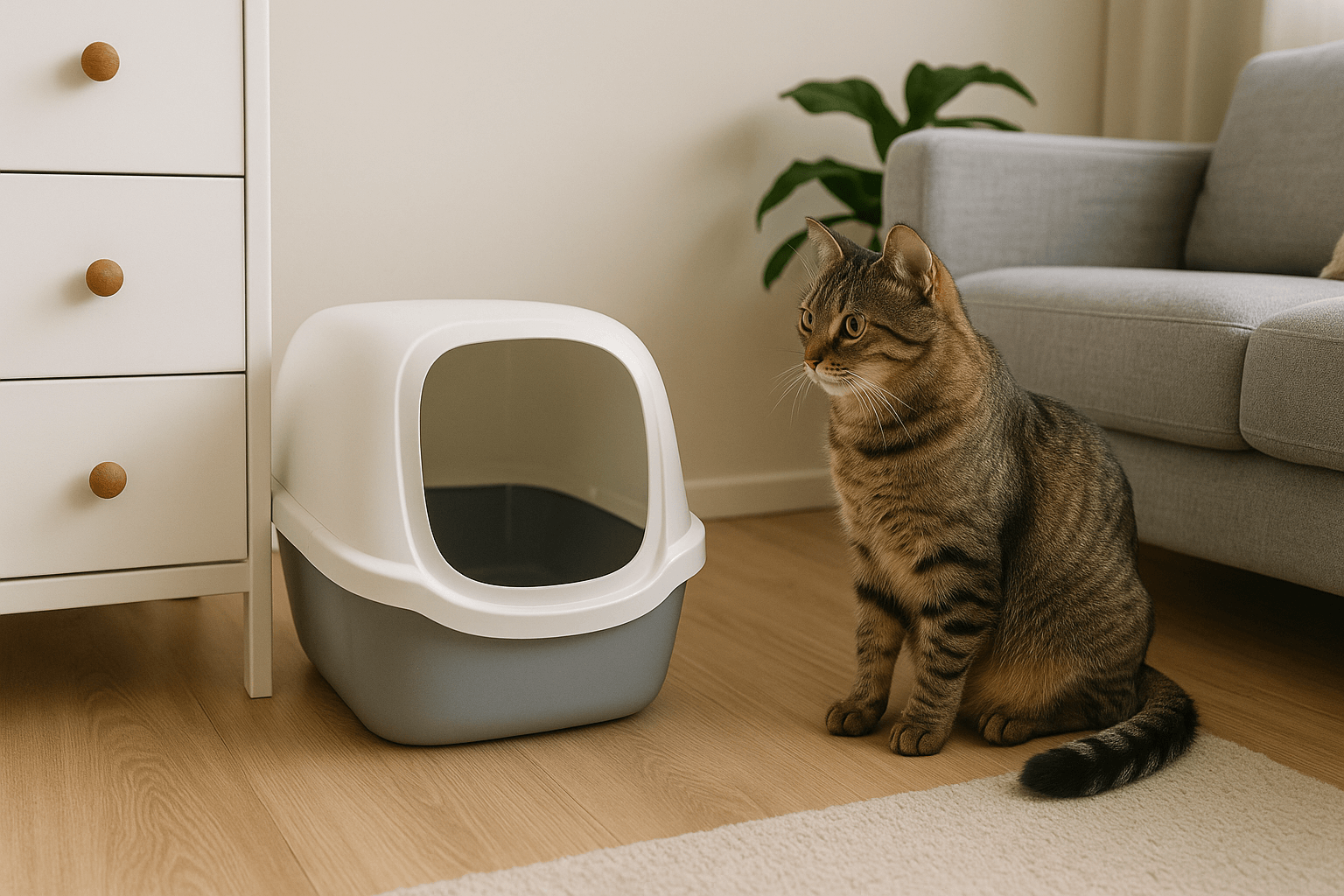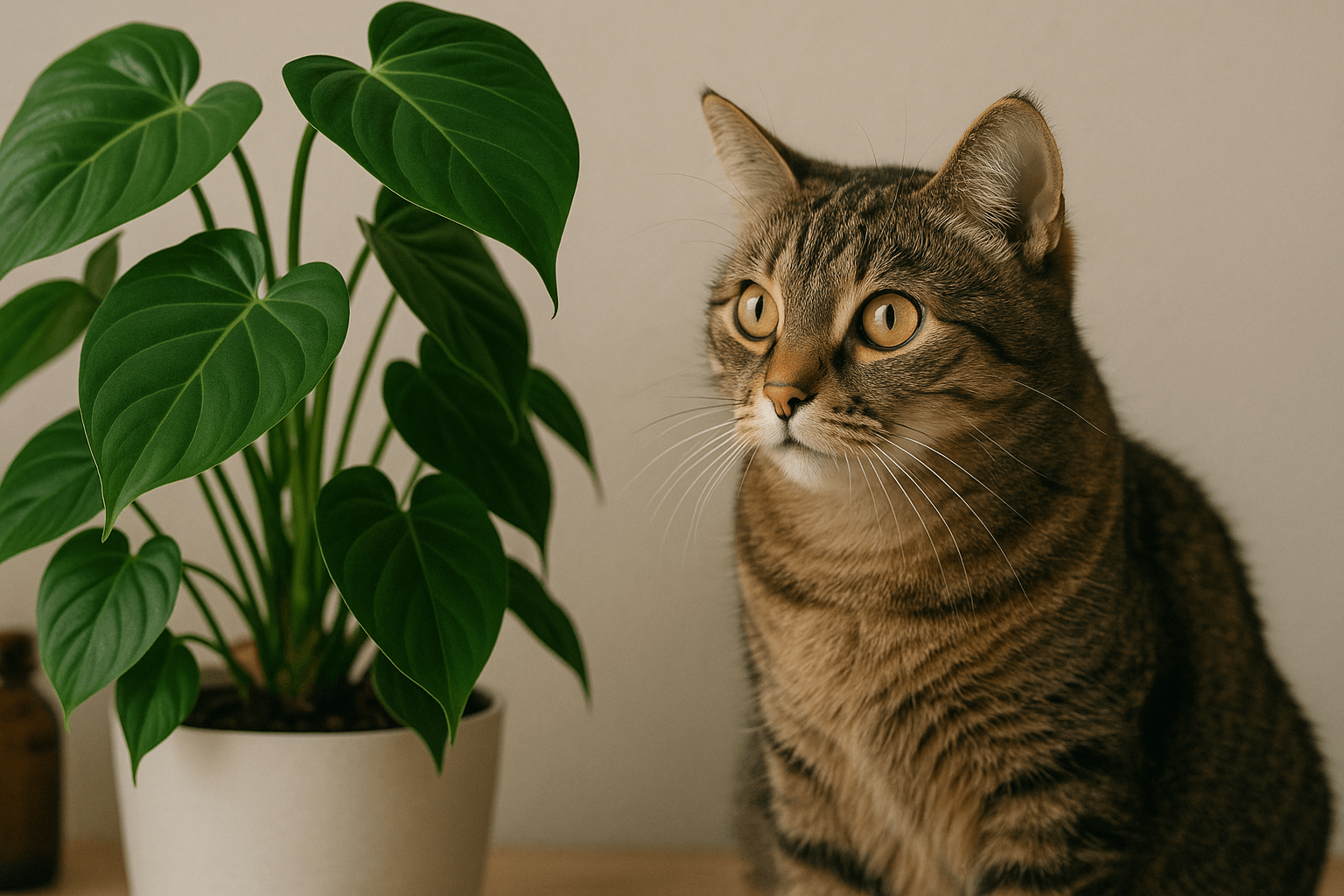Understanding Cat Tooth Resorption: A Silent Dental Issue
Cat tooth resorption is a common yet often misunderstood dental condition that affects a significant number of felines, especially as they age. This painful condition occurs when the structure of a cat’s tooth begins to break down, leading to discomfort and potential tooth loss if left untreated. Despite its prevalence, many cat owners remain unaware of the signs and symptoms, allowing the issue to progress silently. Understanding what tooth resorption is, how it develops, and how it can be managed is crucial for ensuring your cat’s oral health and overall well-being. In this blog post, we’ll explore the causes, symptoms, treatment options, and preventive measures to help you better care for your furry companion.
What Causes Cat Tooth Resorption?
While the exact cause of tooth resorption in cats remains unclear, researchers have identified several contributing factors. These insights can help cat owners recognize potential risks and take proactive steps to protect their pet’s dental health.
Genetic Predisposition:
Some cat breeds, such as Siamese and Abyssinians, appear to be more prone to tooth resorption, suggesting a genetic component.Immune System Response:
An abnormal immune response may mistakenly target the tissues of the tooth, leading to its gradual breakdown.Age Factor:
Older cats are more likely to develop tooth resorption, making regular dental check-ups essential as they age.Periodontal Disease:
Chronic gum inflammation or infections can weaken the tooth’s structure, increasing the risk of resorption.Dietary Influences:
Diets lacking in essential nutrients or abrasive textures may contribute to poor oral health and tooth deterioration.
By understanding these potential triggers, cat owners can work closely with veterinarians to monitor and mitigate risks associated with tooth resorption.
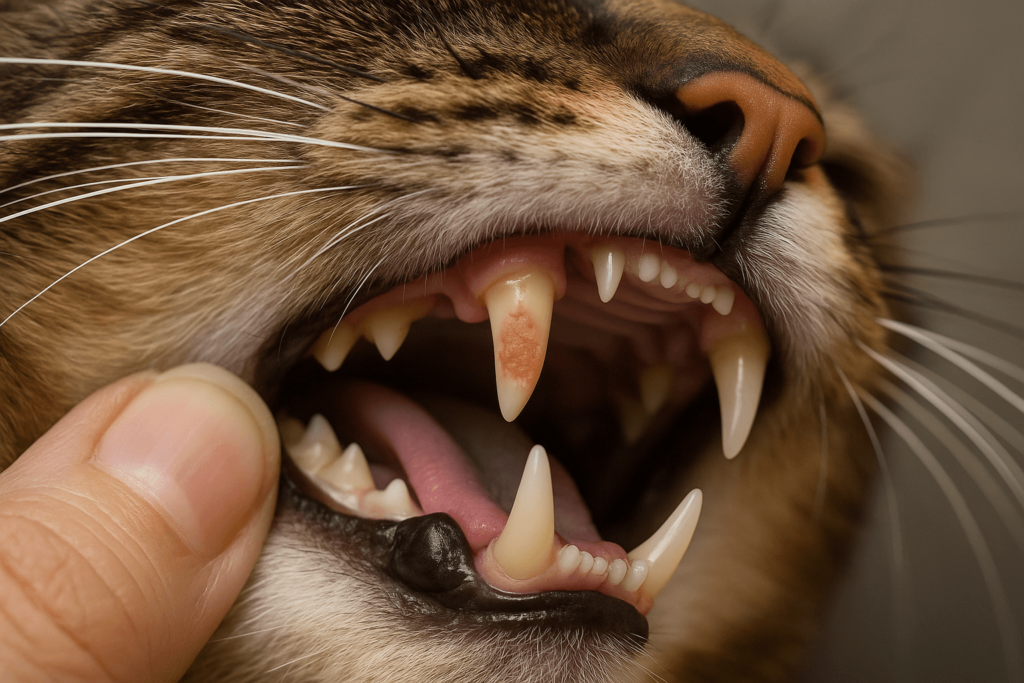
Signs and Symptoms of Cat Tooth Resorption
Detecting tooth resorption early can make a significant difference in managing the condition and alleviating your cat’s discomfort. Look out for these telltale signs that indicate your cat may be suffering from this dental issue.
Difficulty Eating:
Cats with tooth resorption may chew on one side of their mouth or avoid hard food altogether due to pain.Drooling Excessively:
Increased drooling can signal oral discomfort or irritation caused by resorptive lesions.Bleeding Gums:
Bleeding around the affected tooth or gums is a common symptom of advanced resorption.Behavioral Changes:
Cats may become irritable, withdrawn, or less playful if they’re experiencing dental pain.Visible Tooth Damage:
Upon closer inspection, you may notice parts of the tooth missing or a pinkish spot where the enamel has worn away.
Recognizing these symptoms early allows for timely intervention, reducing the impact of tooth resorption on your cat’s quality of life.
Check this guide 👉Understanding Cat Teeth Plaque: Best 7 Expert Tips!
Check this guide 👉Cat Teeth Tartar: Best 7 Expert Tips!
Check this guide 👉How Should Cat Teeth Look? Best 7 Expert Tips!
Preventive Measures for Cat Tooth Resorption | Treatment Options for Affected Teeth |
|---|---|
Regular dental check-ups every 6-12 months | Extraction of severely damaged teeth |
Providing dental-friendly toys and treats | Pain management through medication |
Feeding a balanced, nutrient-rich diet | Antibiotics to treat secondary infections |
Brushing your cat’s teeth regularly | Root planing for mild cases |
Monitoring for early signs of dental issues | Radiographs to assess lesion severity |
How to Prevent Cat Tooth Resorption
While not all cases of tooth resorption can be prevented, taking proactive steps can significantly reduce the risk and ensure your cat maintains good oral health.
Schedule Routine Vet Visits:
Regular dental exams allow veterinarians to detect early signs of resorption before it progresses.Introduce Dental Hygiene Early:
Start brushing your cat’s teeth at a young age using cat-safe toothpaste to build a habit of cleanliness.Offer Chew Toys and Treats:
Dental chews and textured toys help remove plaque and strengthen teeth naturally.Choose High-Quality Food:
Opt for nutritionally balanced diets that support overall health, including strong teeth and gums.Monitor Behavioral Changes:
Pay attention to shifts in eating habits or behavior, which could indicate underlying dental issues.
By incorporating these preventive measures into your routine, you can help safeguard your cat’s oral health and minimize the risk of resorption.
Treatment Options for Cat Tooth Resorption
If your cat has been diagnosed with tooth resorption, understanding the available treatment options is critical for managing the condition effectively.
Tooth Extraction:
Severely affected teeth are often removed to eliminate pain and prevent further complications.Pain Relief Medication:
Veterinarians may prescribe medications to alleviate discomfort during and after treatment.Antibiotic Therapy:
In cases of infection, antibiotics are administered to clear bacteria and promote healing.Root Planing:
For mild cases, smoothing the surface of the affected tooth can slow down the progression of resorption.Radiographic Evaluation:
X-rays are used to assess the extent of the damage and guide treatment decisions accurately.
Each treatment option aims to restore comfort and improve your cat’s quality of life, so consult your vet to determine the best course of action.
Common Misconceptions About Cat Tooth Resorption
Many misconceptions surround cat tooth resorption, leading to confusion among pet owners. Clarifying these myths helps ensure proper care and treatment.
Myth: It Only Happens to Older Cats:
While older cats are more susceptible, younger cats can also develop tooth resorption.Myth: It’s Just a Cosmetic Issue:
Tooth resorption is painful and can lead to serious health complications if untreated.Myth: Brushing Alone Prevents It:
While brushing helps, genetics and other factors also play a role in its development.Myth: Cats Show Obvious Signs of Pain:
Many cats hide their discomfort, making it harder to detect the condition without professional help.Myth: It’s Rare Among Felines:
Studies suggest up to 50% of cats may experience tooth resorption at some point in their lives.
Dispelling these myths ensures cat owners approach the condition with accurate knowledge and appropriate action.
Tips for Brushing Your Cat’s Teeth
Brushing your cat’s teeth might seem daunting, but with patience and practice, it can become a manageable part of their routine.
Use Cat-Safe Toothpaste:
Never use human toothpaste, as it contains ingredients toxic to cats. Choose enzymatic formulas designed for pets.Start Slowly:
Begin by gently touching your cat’s mouth and gums before introducing the toothbrush.Reward Good Behavior:
Offer treats or praise after each session to create positive associations.Focus on Problem Areas:
Pay extra attention to areas near the gumline, where plaque tends to accumulate.Make It a Habit:
Aim to brush your cat’s teeth 2-3 times per week for optimal results.
With consistency, brushing becomes an effective tool in preventing dental issues like tooth resorption.
Foods That Promote Feline Dental Health
A balanced diet plays a vital role in maintaining your cat’s oral health and reducing the risk of conditions like tooth resorption.
Raw Diets:
Raw foods require chewing, which helps scrape plaque off teeth naturally.Dry Kibble:
Crunchy kibble can act as a mild abrasive, reducing tartar buildup over time.Dental Formulas:
Specialized cat foods are designed to clean teeth while providing essential nutrients.Avoid Sugary Treats:
Sugary snacks contribute to plaque formation and should be avoided entirely.Hydration Through Wet Food:
Wet food keeps cats hydrated and supports saliva production, which aids in oral cleansing.
Incorporating these dietary choices into your cat’s meals promotes healthier teeth and gums in the long run.
Frequently Asked Questions About Cat Tooth Resorption
What is tooth resorption in cats?
Tooth resorption is a condition where a cat’s tooth gradually breaks down, causing pain and potential tooth loss.
Can tooth resorption be cured?
While there’s no cure, treatments like extraction or root planing can manage the condition and relieve symptoms.
How can I tell if my cat has tooth resorption?
Signs include difficulty eating, drooling, bleeding gums, and visible tooth damage.
Is tooth resorption painful for cats?
Yes, it causes significant discomfort, especially as the condition advances.
How can I prevent tooth resorption?
Regular dental care, a healthy diet, and routine vet visits are key to reducing the risk.
Prioritizing Your Cat’s Oral Health
Cat tooth resorption is a serious but manageable condition that requires vigilance, care, and collaboration with your veterinarian. By staying informed about the causes, symptoms, and treatment options, you can take meaningful steps to protect your cat’s dental health and overall well-being. Remember, prevention is always better than cure—regular check-ups, proper hygiene, and a nutritious diet go a long way in ensuring your feline friend enjoys a happy, pain-free life. With love, attention, and proactive care, you can keep those tiny teeth healthy and strong for years to come.
Tabby Cat vs Tortoiseshell: Best 7 Expert Tips! Discover the differences in patterns, personalities, and care needs between tabby and tortoiseshell cats to find your perfect feline companion.
Understanding Trichomoniasis in Cats: Best 7 Expert Tips! Discover symptoms, treatment, and prevention strategies for this common feline parasite to keep your cat healthy and happy.
Where to Place a Cat Litter Box? Best 7 Expert Tips! Discover ideal spots, avoid common mistakes, and learn how to keep your cat happy with perfect litter box placement.
Are Philodendrons Toxic to Cats? Best 7 Expert Tips! Discover if philodendrons are safe for cats, symptoms of poisoning, and expert advice to keep your feline friend healthy around houseplants.

